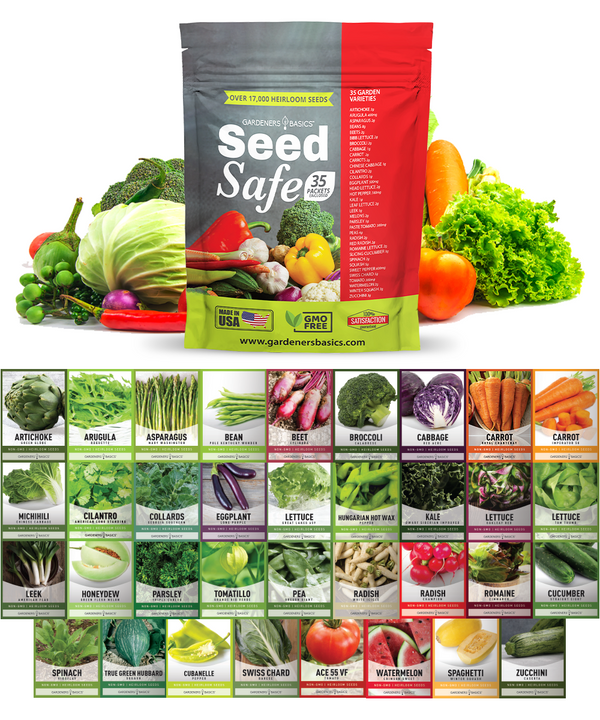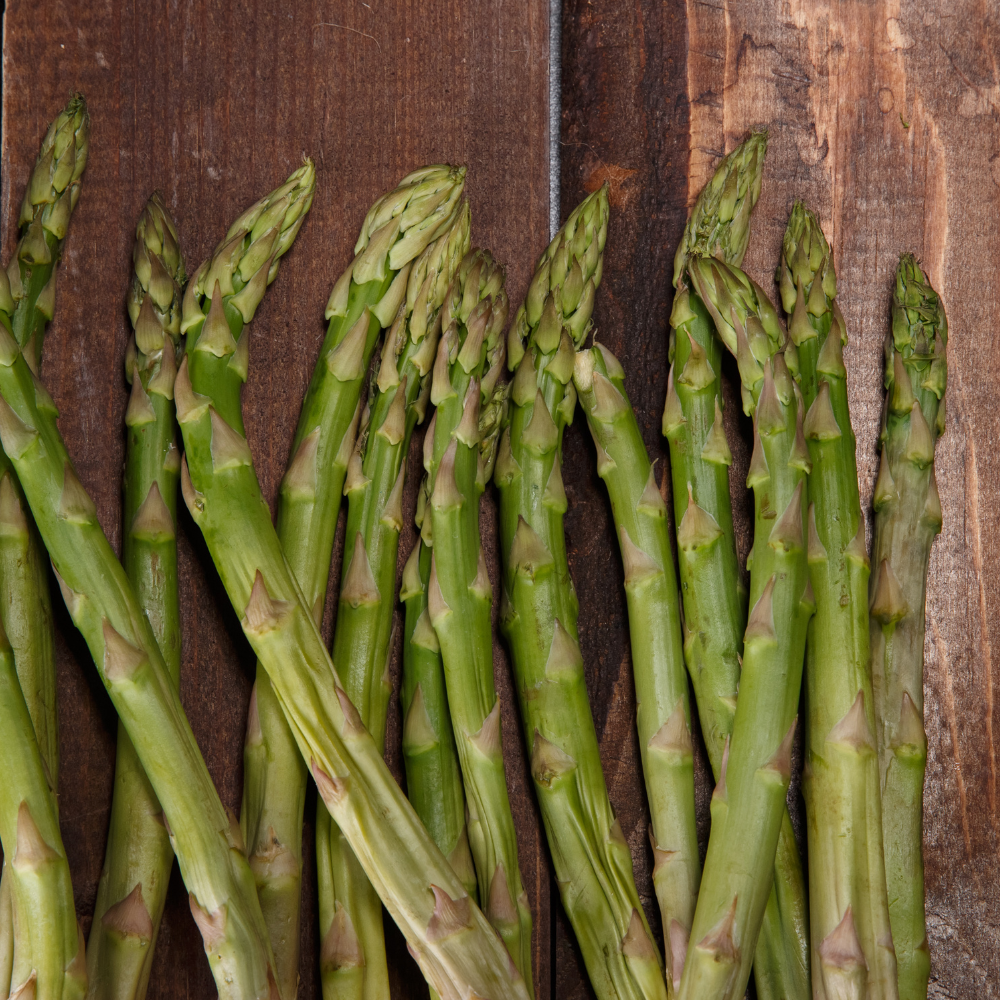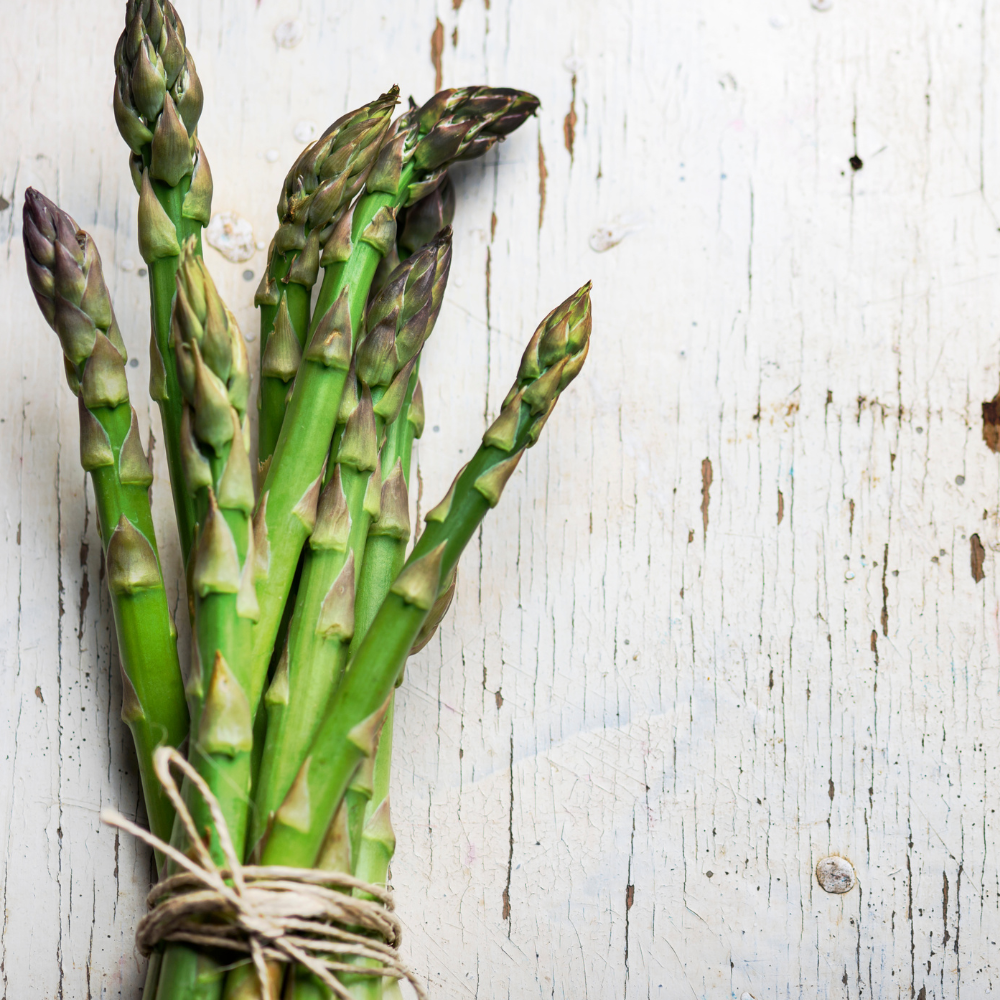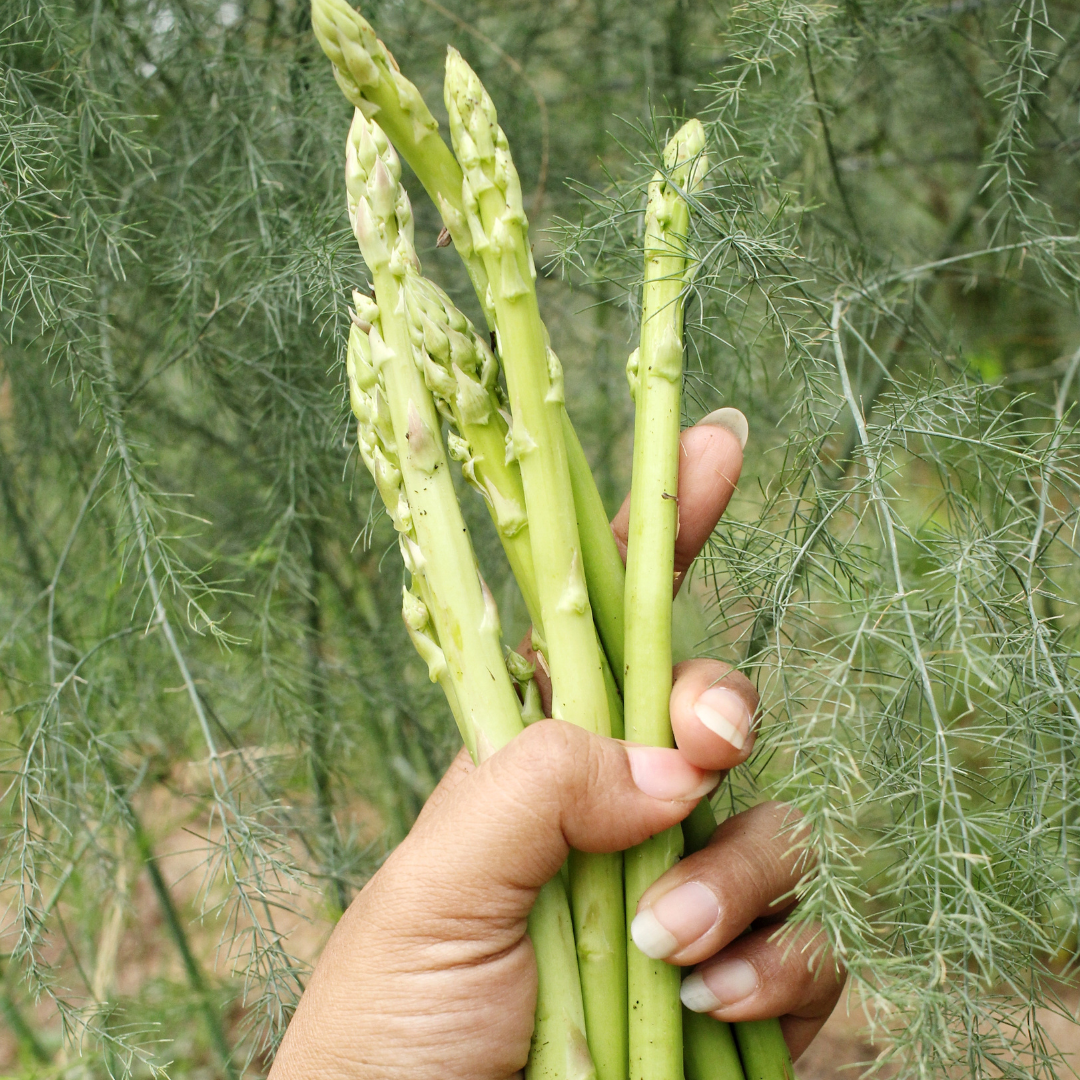If you're looking to grow asparagus plants in Florida, you're in luck! Asparagus is a delicious and nutritious vegetable that can thrive in the warm, humid climate of the Sunshine State. Here are some tips on how to grow asparagus in Florida successfully.
-
Choosing the right variety
When it comes to growing asparagus, it's important to choose the right variety. In Florida, the Mary Washington and Jersey Knight varieties are the most popular choices. These varieties are well-suited to the warm weather and are known for their high yields.
Seed Safe Survival Seed Kit - 35 Variety Pack

$29.95
$49.95
Seed Safe Survival Seed Kit: The Ultimate Heirloom Collection for Self-Sufficient Gardening Introducing the Seed Safe - 35 Varieties of Heirloom Vegetable, Herb, and Fruit Seeds, the ultimate solution for gardeners who want to secure a bountiful future harvest. This… read more
-
Preparing the soil
Asparagus plants prefer well-draining soil with a pH between 6.0 and 7.0. Before planting, it's important to prepare the soil by removing any weeds or debris and adding organic matter such as compost or aged manure. Asparagus plants also require a deep planting bed, so make sure to dig a trench that is at least 8-10 inches deep.
-
Planting asparagus
Once the soil is prepared, it's time to plant the asparagus. Asparagus crowns should be planted in the early spring, around mid-February to mid-March. Place the crowns in the trench about 18 inches apart, and cover them with 2-3 inches of soil. As the plants grow, gradually fill in the trench until it is level with the surrounding soil.
-
Watering and fertilizing
Asparagus plants require consistent moisture, so make sure to water them regularly, especially during dry spells. However, be careful not to overwater, as asparagus plants can be susceptible to root rot. Fertilizing is also important, as asparagus plants are heavy feeders. Use a balanced fertilizer, such as 10-10-10, and apply it in the early spring and again in the fall.
-
Managing pests and diseases
Asparagus plants can be susceptible to pests and diseases, such as asparagus beetles and fusarium wilt. To prevent these problems, practice good sanitation by removing any debris from the garden and avoiding overhead watering. If you do encounter pests or diseases, there are a variety of organic and chemical treatments available.
-
Harvesting asparagus
Asparagus plants typically take 2-3 years to reach full maturity, but once they do, they can produce for up to 20 years! Harvesting should begin in the third year, and continue for 6-8 weeks. Cut the spears when they are 6-8 inches tall and firm to the touch. Don't let the spears grow too tall, as they will become woody and tough.
-
Storing and cooking asparagus
Freshly harvested asparagus can be stored in the refrigerator for up to 2 weeks. To cook asparagus, simply steam or boil the spears until they are tender, then season with salt, pepper, and butter. Asparagus can also be grilled or roasted for a delicious, smoky flavor.
In conclusion, growing asparagus in Florida can be a rewarding and delicious experience. By following these tips, you can learn how to grow asparagus in Florida, and enjoy fresh, homegrown asparagus for years to come.







